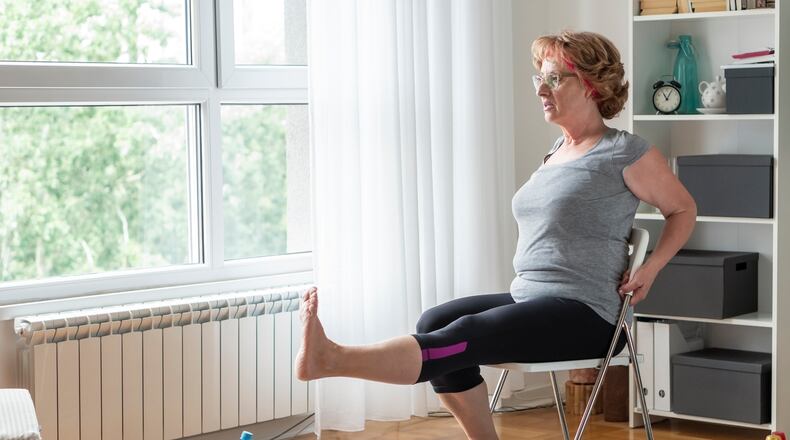Lack of regular physical activity, poor diet and sleep habits, chronic stress, smoking, and alcohol consumption are examples of controllable lifestyle habits that contribute significantly to how well we age. Diet and exercise go hand in hand when it comes to overall health, both mentally and physically.
The less active we are, the greater likelihood of increased stress levels. This in turn can lead to poor eating habits in the form of junk food or alcohol use. So along with recognizing why exercise is so important, we must understand the impact that diet plays. Choose nutrient dense foods that you can count on to feed your body optimally.
Everyday movements such as rising from a chair, walking from one place to another, going up and down stairs, bending down to pick things up, making the bed, etc., do contribute somewhat to how well we age. For some, yard work, washing and waxing the car, carrying heavy grocery bags and other such tasks, are a regular part of life. Still greater challenges might include moving heavy furniture, climbing up a ladder to get a heavy box down from a shelf. Looking at your own personal habits will tell you where you fall regarding your current physical abilities.
The more physically fit you have been, the greater likelihood of maintaining your strength and independence through the years. Unfortunately, in today’s world, we are required to be less and less active. Think of how much time is spent sitting, driving rather than walking, cell phone or computer use, sleeping, etc. to gauge how active or inactive you may be.
To increase activity levels, if you have stairs at home or work, make a point to utilize them as part of a daily workout. Take the stairs instead of an escalator, do some pushups, squats and/or planks, try to walk at least 30 minutes a day, just look for opportunities to be more active. Thankfully, weight training is now accepted and recommended for nearly everyone, and is especially important for older adults, helping to improve balance and overall strength and reduce incidence of falls.
Check with your doctor for recommendations before you change your diet of begin an exercise program.
Marjie Gilliam is an International Sports Sciences Master certified personal trainer and fitness consultant. She owns Custom Fitness Personal Training Services LLC. Send email to marjie@ohtrainer.com.
About the Author
